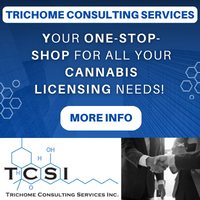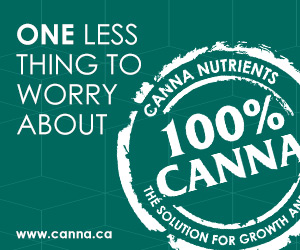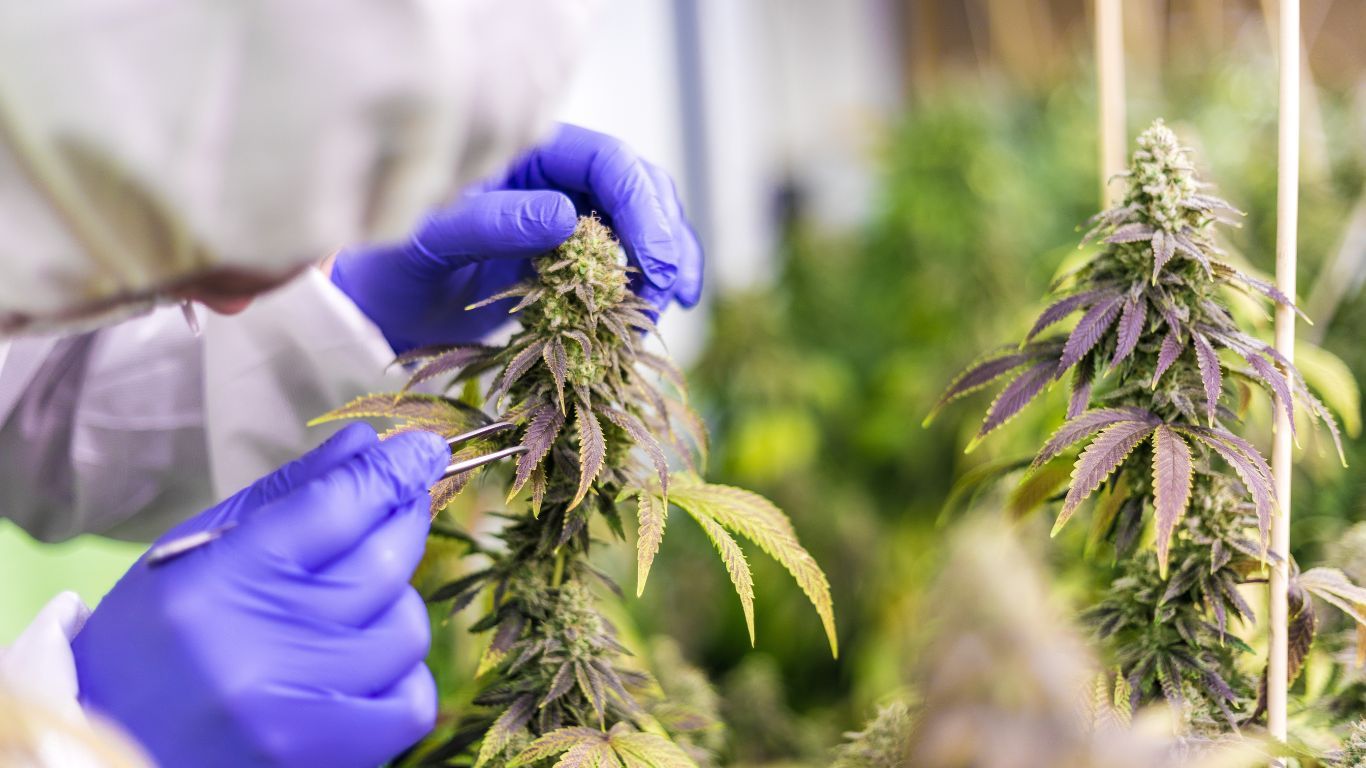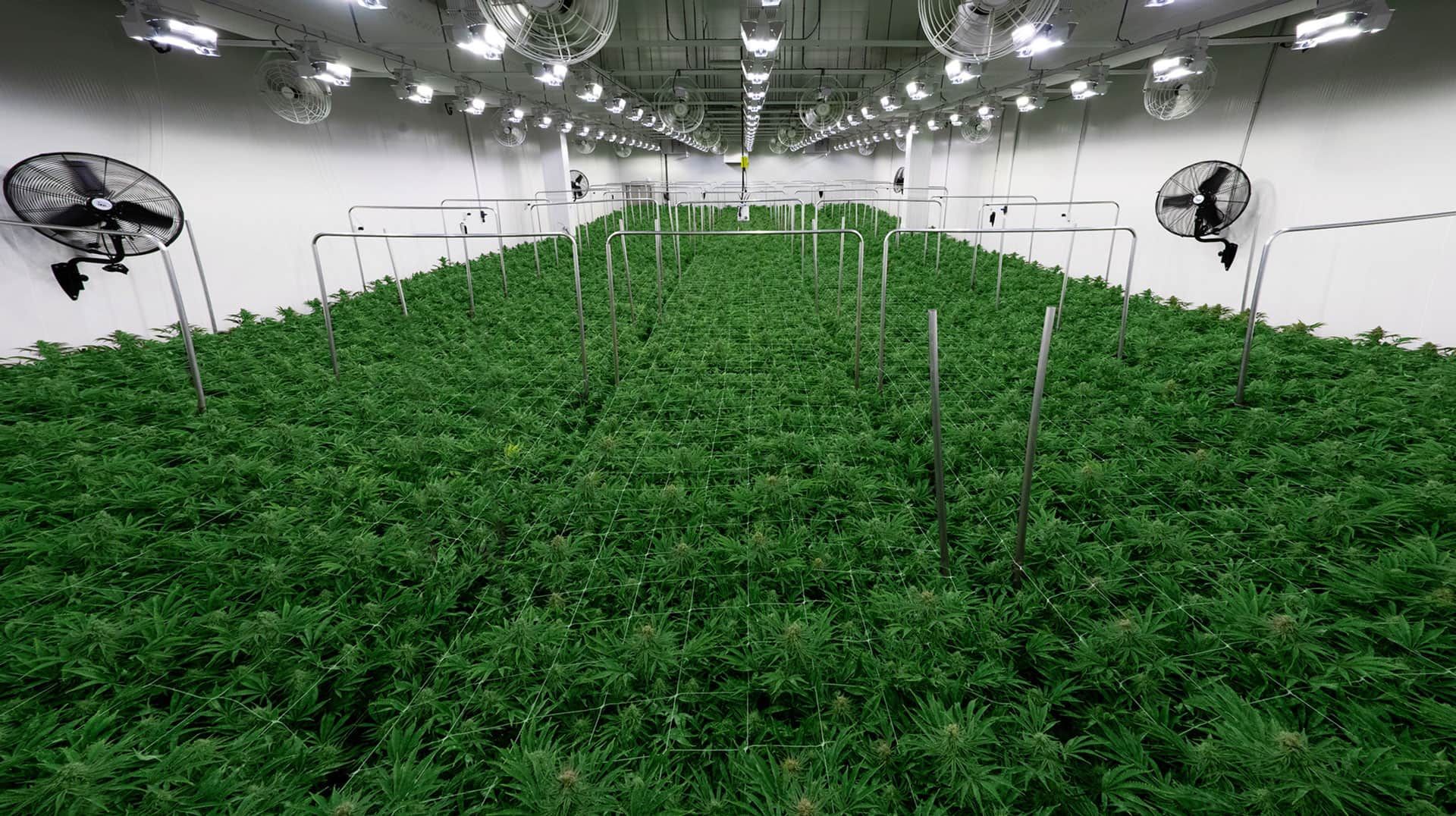
The cannabis industry is often compared to alcohol in that the two have experienced periods of prohibition and are both now legally available, though highly regulated and taxed.
As well, during their respective prohibitionist periods, both alcohol and cannabis generated significant economic activity.
For example, Canada’s Bronfman family, one of the most successful in the country’s history, made a fortune selling distilled spirits to organized crime during prohibition. This criminal enterprise transitioned seamlessly into the legal market, birthing the Seagram Company.
Alcohol represented about $6.3 billion in healthcare costs, compared to $381 million for cannabis.
By comparison, cannabis has suffered from years of demonization that has made the post-legalization road rockier. The distorting effects of stigmatization, a cautionary regulatory environment, a burdensome tax regime, and speculative capital, have all presented unique challenges.
Where do we stand now? Both industries provide employment and generate significant revenue, but the governance business models vary, and the societal costs are dramatically different.
The Provincial Business of Alcohol and Cannabis
Comparing the governance economics of alcohol and cannabis in Canada is a tricky business. Each provincial and territorial system has unique models for both, and it can be hard to draw direct comparisons.
In Alberta, for example, the Alberta Gaming, Liquor & Cannabis (AGLC) regulates both alcohol and recreational cannabis. In 2023, the AGLC registered $850 million in alcohol net revenue and $38 million in expenses, with other revenue bringing the total to $825 million. By comparison, net cannabis revenue was $60 million, with $49 million in expenses. With other revenue added, cannabis turned an $18 million profit.
Why would cannabis expenses be 29% more than those for alcohol when alcohol net revenues are more than 14 times higher than cannabis?
“The variance is mainly due to the differences in the Alberta liquor and cannabis system models,” says Karin Campbell, a spokesperson with the AGLC. “AGLC is the wholesaler for non-medical cannabis in addition to regulating and distributing cannabis on behalf of the Alberta Government. Alberta’s liquor model is privatized—liquor retailing, warehousing and distribution are all managed by the private liquor industry.”
This helps explain the $558 million cost of sales for cannabis, though at over 90% of revenue, that’s steep. That said, in Alberta, cannabis expenses are 7.9% of the top-line revenue of $619 million, which is favourable compared to other provinces.
In Ontario, the Liquor Control Board of Ontario (LCBO) has both a wholesale and a retail role. Though Ontario allows for a varied retail model for beer and wine, the LCBO is still the largest alcohol retailer in Canada.
The Ontario Cannabis Store (OCS), by comparison, has a legal monopoly as the province’s recreational cannabis wholesaler but has no stores itself, much like the AGLC.
Last year, the LCBO reported revenue of $7.41 billion and net income of $2.46 billion, with $1.19 billion in expenses. All told, expenses represented 16.1% of revenue.
By comparison, the OCS reported revenue of $1.47 billion, a net income of $234.2 million, and selling, general, and administrative (SG&A) expenses of $103 million. Here, expenses represent 7% of top-line revenue and are in line with Alberta’s 7.9%.
“As the sector becomes more stable, the OCS’s SG&A expenses have stabilized to align with industry growth,” says Amanda Winton, an OCS spokesperson. “As a result, the OCS is starting to experience more consistent SG&A spending as a percentage of revenue year over year.”
In Manitoba, the Manitoba Liquor & Lotteries Corp. (MLLC) sources and distributes recreational cannabis to private retailers. Government-run liquor stores operate in urban areas, with some private beer and wine vendors. Remote communities are served by private retailers.
Last year, the MLLC had liquor revenue of $884 million, with cost of sales of $420 million and operating expenses of $115 million. By comparison, cannabis revenue was $131 million, with cost of sales at $97 million and operating expenses of only $2.1 million.
In Manitoba, then, the direct ratio of cannabis expenses to top-line revenue is only 1.6%, whereas for alcohol, it is 13%. However, cannabis cost of sales represents 71% of total revenue—still less than Alberta—whereas for alcohol, it is 47.5%.
British Columbia has a hybrid public-private model for cannabis, with the BC Liquor Distribution Branch (LDB) operating standalone retail stores alongside private retailers, both of which procure their products from the government. The LDB has provincially owned liquor stores and wholesales to private stores.
The LDB had $3.87 billion in revenue last year, of which cannabis represented $485.6 million. The LDB doesn’t break out expense ratios for alcohol and cannabis; instead, it reports an overall expense ratio of 14% of total sales.
This is a common practice with smaller provinces, too, where government-run corporations wholesale both liquor and cannabis.
In Nova Scotia, for example, the Nova Scotia Liquor Corporation (NSLC) controls the sale and distribution of both cannabis and alcohol. In 2023, the NSLC had $861 million in sales, with the cost of sales at $433 million (51.5% of gross revenue) and operating expenses of $148 million (17.2% of gross revenue).
“Because our beverage alcohol and cannabis operations are so integrated, we don’t break down and separate the operating expenses,” says Allison Himmelman, a spokesperson for the NSLC.
The True Costs of Alcohol and Cannabis
Within the regulated market, alcohol sales are about five times those of cannabis, though cannabis revenue numbers are rising steadily. That said, as the cannabis market matures and more tax revenue is generated, an assessment of the relative societal costs of alcohol and cannabis presents some staggering divergences.
For example, according to a thorough study by the Canadian Institute for Substance Use Research (CISUR), in 2020 (more recent data is not yet available), alcohol represented 40.1% of the total social cost of substance use in Canada at $19.7 billion.
By comparison, cannabis represented a social cost of $2.38 billion, or 4.9%.
Specifically, alcohol represented about $6.3 billion in healthcare costs, compared to $381 million for cannabis. Alcohol also accounted for $7.869 billion in lost productivity, and cannabis $491 million. In both of these examples, alcohol is over 16 times more costly to society than cannabis.
Alcohol use also resulted in the greatest costs to the criminal justice system, at nearly $4 billion, or 39.8% of all criminal justice costs. By comparison, cannabis was one-quarter of that, costing just over $1 billion.
“The alcohol deficit was $6.4 billion in 2020 when accounting for both revenue and social cost from Canadian substance use costs and harms,” says Adam Sherk, Senior Scientist and Special Policy Advisor at the Canadian Centre on Substance Use and Addiction. “That was an all-time high in real dollar terms.”
Though alcohol is clearly the bigger problem, cannabis remains in a “social deficit.” Statistics Canada reported that in fiscal 2021–2022, total tax revenue at all levels of government was about $1.5 billion, a deficit of $880 million from the estimated 2020 social cost of $2.38 billion.
“The [cannabis] costs are only low compared to the high healthcare-related costs of alcohol and tobacco,” Sherk says. “As prevalence of use and intensity of use increase, we would expect broad increases in cannabis-caused healthcare costs across all healthcare categories.”
That said, given the growth in the cannabis industry and the new-found profitability of some government wholesalers who appear to have their expenses under control, it’s entirely possible that cannabis could turn its social deficit into a surplus.
This would create an odd scenario for researchers and policymakers alike and make the government’s preferential treatment of alcohol all the more difficult to rationalize.












